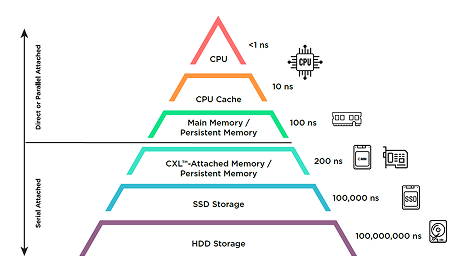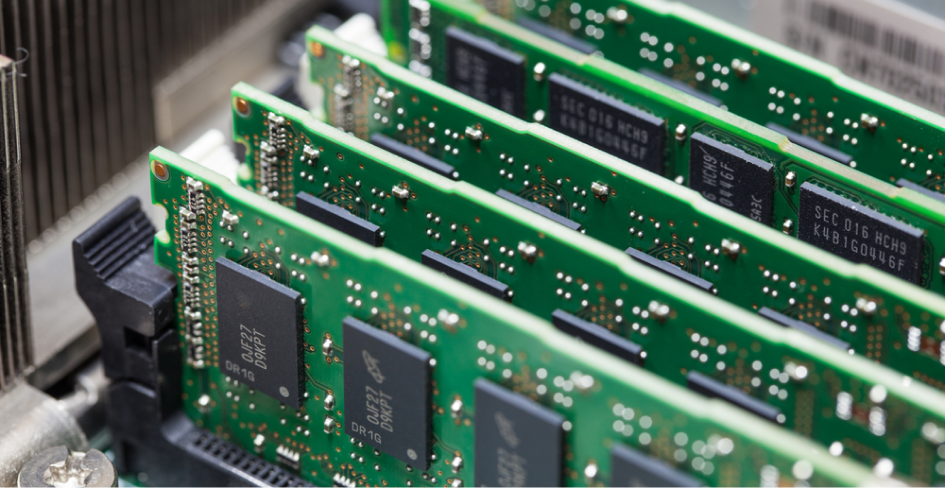Persistent memory is non-volatile, byte addressable, low latency memory with densities greater than or equal to Dynamic Random Access Memory (DRAM). It is beneficial because it can dramatically increase system performance and enable a fundamental change in computing architecture. Applications, middleware, and operating systems are no longer bound by file system overhead in order to run persistent transactions.
The industry is moving toward Compute Express Link™ (CXL™) as an attachment model interconnect for persistent memory, but the SNIA NVM Programming Model remains the same.
Persistent memory is used today in database, storage, virtualization, big data, cloud computing/IoT, and artificial intelligence applications. Persistent Memory is supported by an industry-wide hardware, software, standards, and platform ecosystem.
If you have already used the NVM Programming Model you can plug in a CXL module – and your application will work with CXL persistent memory without changes.
The SNIA Persistent Memory page includes information on technical work group activities developing a NVM Programming Model, and education and outreach activities including an educational library of Persistent Memory webcasts, videos, tutorials, and white papers. Search our definitions on Persistent Memory in the SNIA Dictionary.









